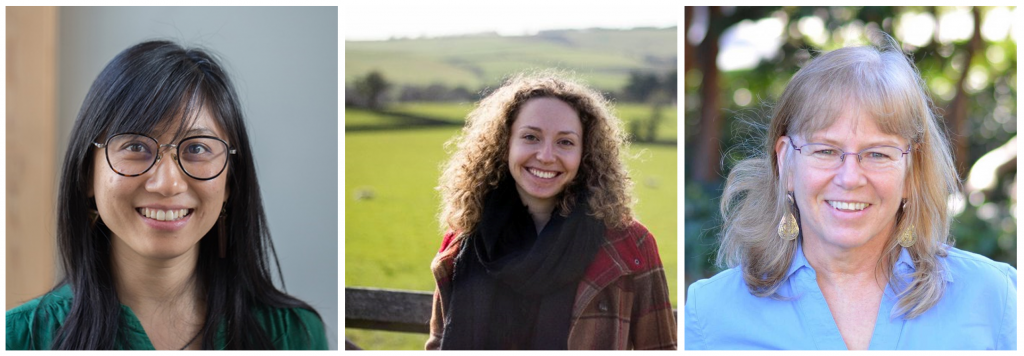Under the umbrella of “environmental peacebuilding”, a growing community of researchers and practitioners are framing their efforts in relating the natural environment and the peacebuilding agenda in several countries around the world. As I described in a previous post, last week, this community got together in the First Environmental Peacebuilding Conference in Irvine, California (US). Among all the presentations and case studies, three outstanding interventions called my attention to reflect on my own research work. Here, I want to share interesting insights to look ahead in the field:

Looking backward to understand the future. During the second session on Thursday (October 24) about ‘Early Linkages in Environment, Conflict, and Peace’, someone in the audience asked about the future of research in the environmental peacebuilding field. Far from typical answers on technology applications or climate change scenarios, Elaine (Lan Yin) Hsiao, a Global Challenges Fellow at the Sheffield Institute for International Development (SIID), claimed that one need of the field is to ‘look backward’ to understand colonial tensions and those are embedded in the socio-ecological conflicts. Her mention of the colonial aspect shed light on the “elephant” in the room and made me reflect: How much are we addressing colonial and post-colonial influences in the analysis we do on our cases? How, in the development practices, are we solving previous colonialist sources of conflict to promote a better balance between conservation and social justice?
Contesting our views on “peace” and “conflict” dynamics in the territories. On Friday, the political ecology professor Nancy Lee Peluso, from the University of California Berkley, gave an interesting presentation on ‘Landscapes of violence and peace’ with focus on her work in small-scale gold mining in Indonesia. Peluso presented how miners viewed their activity as a ‘peaceful moment’ in contrast to other perspectives emphasizing the violence in the same transformed territories. She called attention to understand how some “types” of violence are more accepted than others, for instance, the political violence affecting this region. Likewise, she invited the audience to focus on labor transformations to understand the political economy of the territories and the roots of conflicts. Peluso opened a valuable discussion to revise our pre-fixed normative conceptualizations on peace and conflict and how value judgments can prevent us from a more comprehensive view of the local territorial dynamics.
Is environmental peacebuilding covering up neoliberal approaches? On Thursday (October 24), Teresa Lappe-Osthege, research associate on the Biosec project, made a very interesting presentation about how the concept of environmental peacebuilding can be used to cover up neoliberal peace approaches. Her presentation, focusing on EU peacebuilding policies in Kosovo, showed that perspectives on sustainability remained stagnant in views about security and development, without addressing existing socio-ecological injustices in the country. Teresa highlighted the relevance of a more critical reflection on the practices and narratives we are allowing to be framed under the umbrella of environmental peacebuilding.

